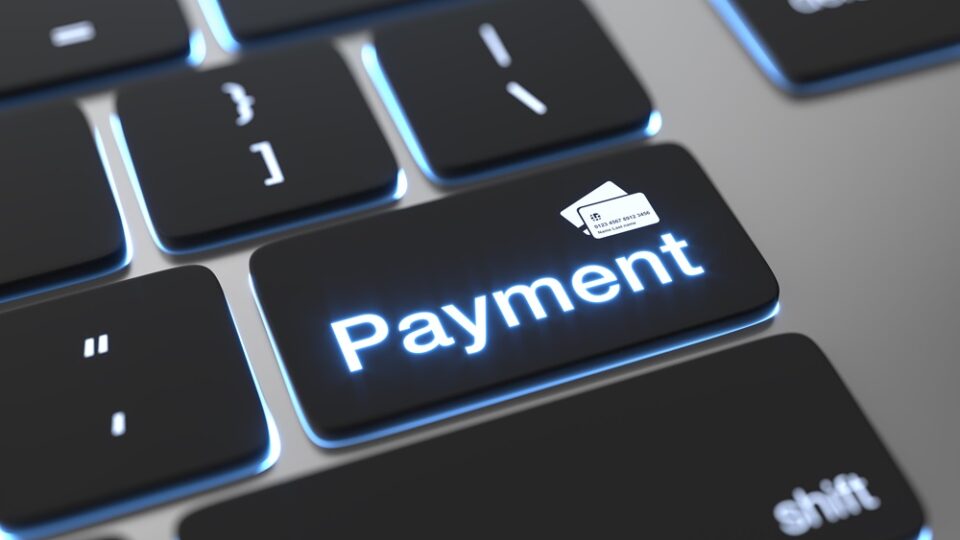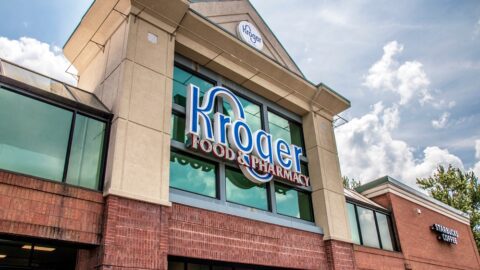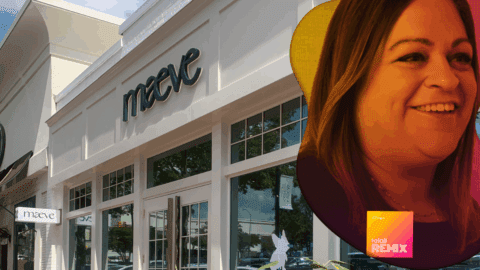Even though more than half (56%) of retailers surveyed by KPMG completed a major payments modernization program within the past year, even more — 83% — already are modernizing their payment infrastructure, or are planning to do so in the new future. Motivations range from the need to replace legacy systems and obsolete technology, particularly prevalent among online retailers, to the two-thirds of luxury retailers saying an inability to innovate using their existing systems was an important trigger for payments modernization.
The 2025 KPMG Modernizing Payments study, based on quantitative research conducted in September 2024, surveyed 690 retailers spanning multiple verticals in Europe, Asia-Pacific, the Middle East and North America. Additionally, 810 financial institutions took part in the survey, which included results and recommendations for both industries.
Key findings from the study include:
- The top triggers for undergoing a payments modernization program are changing customer expectations, cited by 58% of respondents, followed by competitor actions and reducing costs (both 54%);
- The top two priorities for retailers modernizing their payment systems are digital payments implementation/upgrade, selected by 61% of respondents, and adding new payment methods, chosen by 58%. Digital payments capabilities are particularly important to luxury retailers, supermarkets and department stores, while online retailers are less likely to stress this goal.
- Taking their lead from the ecommerce sector, more than two-thirds of surveyed retailers already offer a digital wallet or intend to do so; and
- 60% of retailers already offer digital apps or plan to launch one.
Removing Friction Points in Multiple Types of Transactions
Implementation of payment solutions is “a journey that [KPMG] clients are very intentional about,” said Duleep Rodrigo, U.S. Consumer and Retail Leader at KPMG in an interview with Retail TouchPoints. “We’re seeing the front, middle and back office all getting modernized in a fairly seamless way, and [retailers] are looking at payments as one of those components that has to be modernized throughout the customer journey.”
Retailers’ efforts to enhance the customer journey involves “trying to remove friction points that deter the customer from completing a transaction, as well as enabling more data and touch points that can enhance the additional purchase of a product or service throughout that journey,” he explained.
Rodrigo gave the example of a customer going to a brick-and-mortar store to pick up a BOPIS order. “If [the retailer] had enough data, once that person entered the store, you could offer them a 10% off coupon or other promotion: ‘Because you like this type of scented candle, have you thought about buying this product?’ If you have fulfillment and payment data connected, the customer could [make that additional purchase] with the click of a button in the app, seamlessly within that same transaction,” rather than the shopper having to use the in-store POS to make the additional purchase, he noted.
Strengthening Customer Profiles with Payments Data
Retailers also are upgrading their payments systems so they can enhance their data collection and analysis capabilities. “Retailers often think about payment data in its own silo, but [payment transaction data] represents a puzzle piece that brings the picture together with other transaction data,” said Rodrigo. “Retailers are trying to get as complete a customer profile as they can alongside order history or fulfillment data, and particularly if they have a loyalty program, it gives a much more complete picture.”
In combination with AI-powered solutions, this more detailed picture of customers has the potential to improve loyalty, share of wallet and a customer’s overall profitability to the retailer. With such data, “you can personalize product offerings as well as drive repeat visits when you can see that customer go through and finalize that transaction,” said Rodrigo. He added that there’s an opportunity for “higher conversions as a result of being able to stitch all those data points together.”
Biggest Barrier to Payments Upgrades: Cost
Retailers can see the benefits of a payment systems upgrade, but they also see the challenges — and cost tops the list, cited by 64% of respondents. Additionally, more than half (56%) are challenged by the need to train staff and manage the shift from old to new systems, with 48% concerned about deploying new payments infrastructure without affecting other retail operations.
This concern about how payments fit into the overall retail tech stack is appropriate, particularly given the relevance of payments data in both operations and customer analysis. “POS systems, payment systems, fulfillment and supply chain systems all need to connect better together to provide that seamless customer experience,” said Rodrigo. “And with retailers selling on multiple platforms, they also have to make sure that experience between online and brick-and-mortar is seamless.”
And if that’s not enough motivation, retailers should be aware that modern digital payment methods are a preferred transaction method among millennials and Gen Z, the latter of which is just moving into its prime spending years. “We’ve always known there’s a generational movement in this, so retailers will need to adopt [digital payments],” said Rodrigo. “If you want this base of customers, you must provide that convenience.”













